
Mindful Little
Yogis
Self-Regulation Tools to Empower Kids with
Special Needs to Breathe and Relax
NICOLA HARVEY
Illustrations by John Smisson

Contents
Introduction
Mindful Little Yogis is an accessible tool for every parent, educator, therapist or individual with an interest in using mindfulness to nurture childrens physical, mental and emotional well-being. This is a book to help the special kids in your life to find a sense of calm from within, a balanced outlook and a self-assured approach to experiencing life.
With the highs and lows of lifes daily demands and pressures, getting through each day can be an incredibly overwhelming experience for children, especially for kids with special needs. A child with special needs views and experiences the world around them differently. To this end, its our responsibility to teach kids mindfulness to help them calmly process experiences, recognise that its okay to have feelings and celebrate their unique traits.
This is a book mindfully written by an experienced Special Needs Practitioner, who has worked with hundreds of children of all abilities in both mainstream and special needs settings and has seen first-hand how children requiring additional support find it difficult to fit in due to unrealistic expectations and innate misunderstandings of their unique personality traits. With an increase in the number of children experiencing mental health difficulties, theres been a distinctive rise in childhood anxiety, feelings of rejection, loneliness, depression and panic. To this end, many parents persevere and dig deep to ensure their child receives inclusive treatment, feels understood and is supported by professionals with their childs best interests at heart.
The activities in this book can be used to help kids in a variety of educational, therapeutic and casual settings. Its a practical book filled with simple breathing activities and handy self-regulation tools that can be slotted into mainstream or special needs classroom schedules as quick, mixed-ability, group sessions or 1:1 interventions to help settle heightened emotions. The resources marked with a  are available to download and print for personal use from www.jkp.com/catalogue/book/97801848194045.
are available to download and print for personal use from www.jkp.com/catalogue/book/97801848194045.
In the first chapter, readers are introduced to the world of special education needs (SEN) and how the ancient practice of yoga can teach special little yogis to be in the present moment and learn how to process lifes experiences. The second chapter takes a gradual approach to helping children breathe and shine from within using S.T.A.R. Stop. Take a breath. And Relax. The third chapter shows readers an extensive range of yoga breathing (pranayama) activities to help children mindfully connect with their breath and gradually access a peaceful state of mind, emotional well-being and physiological awareness. The fourth chapter explores practical self-regulation tools to help children mindfully take ownership of their state and learn to go with the flow. The fifth chapter shows us that textbook theory is very different to reality and provides positive strategies and ideas on how to help kids further if, when putting the activities into practice, things do not initially go to plan.
As you will see, Mindful Little Yogis has been written with the readers in mind: an essential text for anyone working or living with a child who needs support to feel grounded in the here and now. Although this book gives a range of useful tips and ideas, the book alone will not change your or childrens well-being. This can only be done by putting the tools into practice yourself, and then modelling the activities to children, sharing these ideas with others and understanding the concept of mindfulness. By becoming a mindful yogi and experimenting with an open mind, readers are encouraged to explore the activities in this book, adapt if necessary and see what works best for the special little yogis in your life.
With continued practice and patience whilst using this book, readers will, over time, see a notable difference in childrens emotional, mental and physical well-being, which can help them gradually grow into the best versions of themselves.
Chapter 1
Special Little Yogis
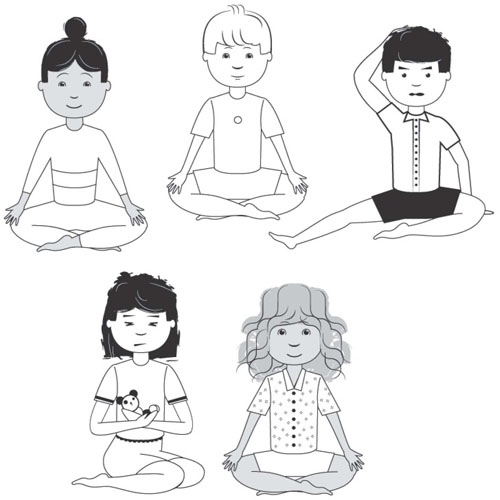
What is SEN?
Special educational needs (SEN) is a legal term used in the UK to describe a child or young person with a learning difficulty or disability who requires special provision to be made for him or her. Learning difficulties and disabilities can range from complex autism, dyslexia, dyscalculia, sensory processing disorder, cognitive development delay, Fragile X, attention deficit hyperactivity disorder (ADHD), profound and multiple learning disabilities (PMLD) and other neurological and development differences.
There are around one in five children with special needs in the UK (Ofsted, 2010), and many find it difficult to access age-related learning curriculums in educational facilities alongside their immediate peers. A child with special needs may: find it hard to express him or herself or comprehend what someone else is saying; experience sensory or physical difficulties; need regular medical attention; or struggle with their behaviour, social interactions and emotions.
The Special Educational Needs and Disability Code of Practice: 0 to 25 Years (Department for Education, 2015) in England identifies four main areas where children with special needs may experience difficulty and with which they are required to receive adequate support.
Cognition and learning : inclusive and differentiated support tailored towards childrens ability to learn and process information, usually through individualised education plans detailing how childrens additional learning needs can be accommodated in inclusive ways.
Social, emotional and mental health : clear supportive structures, boundaries, calming strategies, empathy and safe spaces to feel a sense of belonging and appropriate channels to express themselves.
Communication and interaction : differentiated communication, support with speech and language, particularly when providing visuals to help non-verbal children communicate and, depending on the children, ensuring low levels of sensory stimulus or distractions .
Sensory and/or physical needs : accommodating childrens specific sensory and physical needs may involve providing specialist therapy sessions and equipment, including walking frames, noise reduction headphones, sensory swings or fiddly toys.
It must be noted that every child is unique and has their own set of traits, behaviours and personal life experiences affecting how they view the world around them. Some children with special needs may require occasional assistance to access the curriculum and navigate their way through school routines, whereas others will need to be fully supported with specialist provision throughout their time in compulsory education and beyond. With this in mind, alongside the practical requirements of working or living with children with special needs, practitioners, guardians and carers need to exercise compassion, empathy and kindness, build trust and encourage children never to give up on themselves.
The Modern-Day Classroom
Year on year, an increasing number of children are identified with special needs, so the modern-day classroom is changing. In special schools and mainstream settings, educators are required to adopt a personalised approach towards teaching and learning, with inclusive practices, sensitivity towards students differing needs, flexibility and patience.
Next page
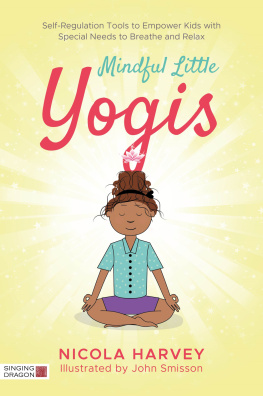
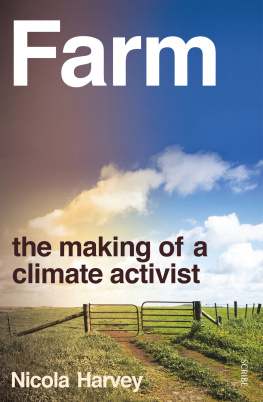
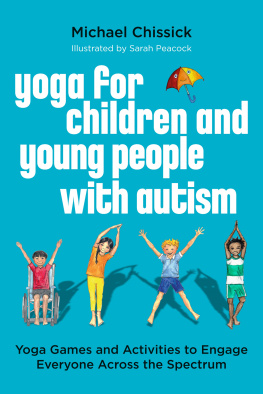
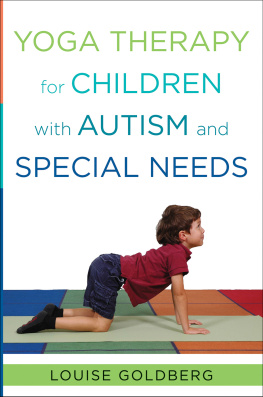
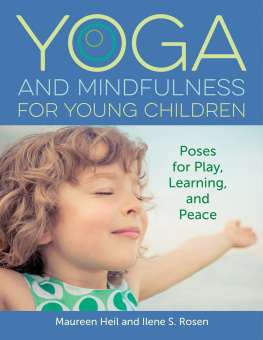

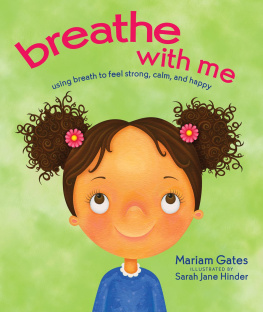
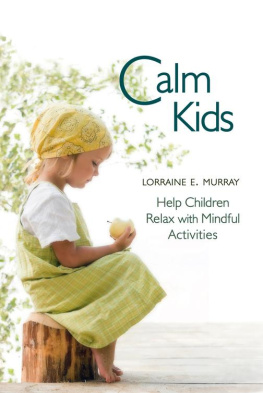

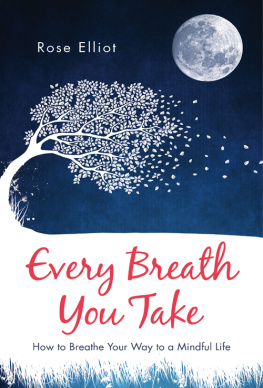
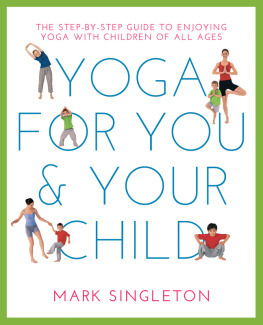
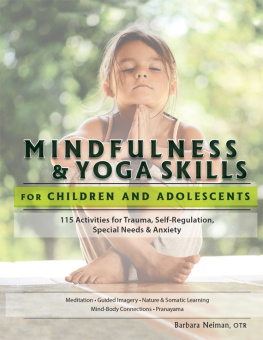


 are available to download and print for personal use from www.jkp.com/catalogue/book/97801848194045.
are available to download and print for personal use from www.jkp.com/catalogue/book/97801848194045.